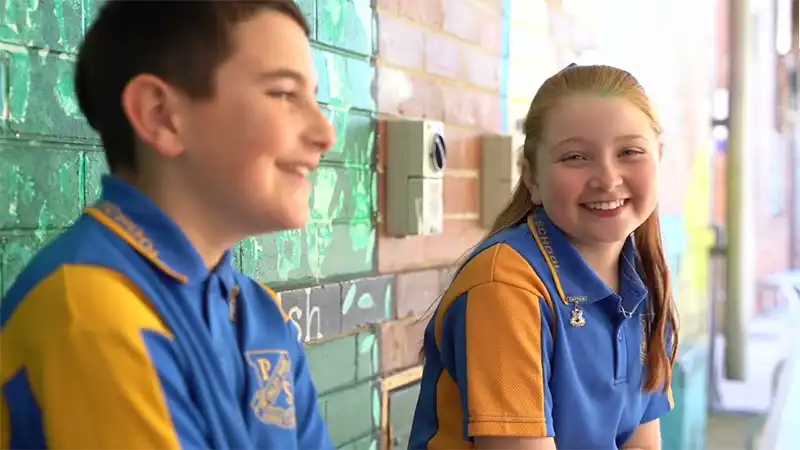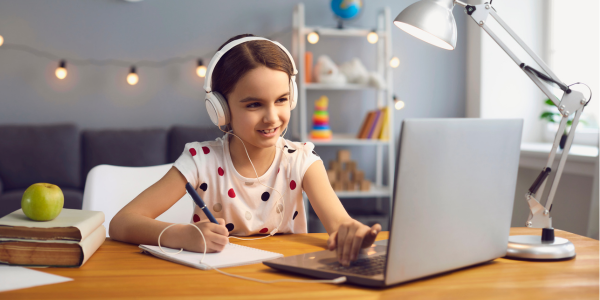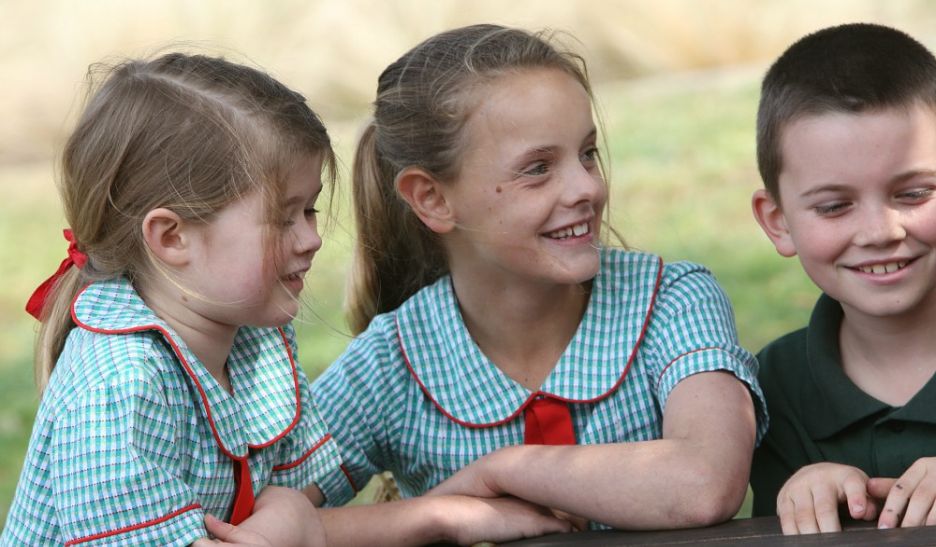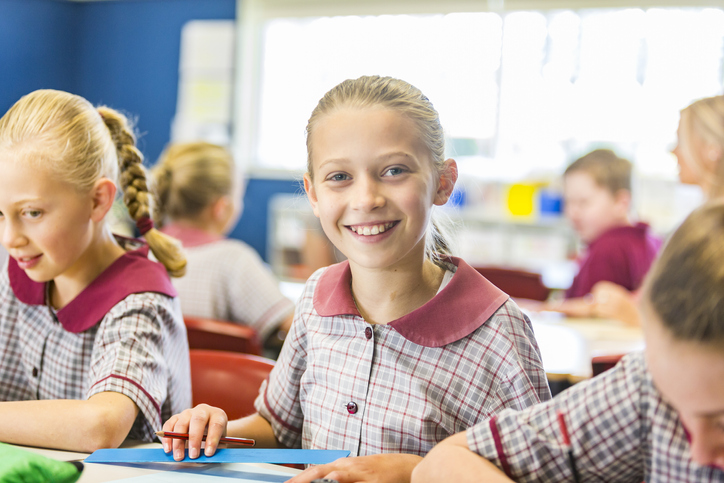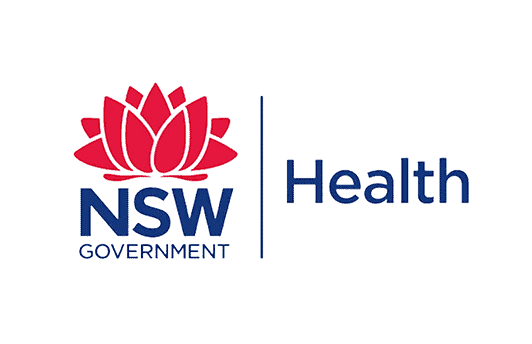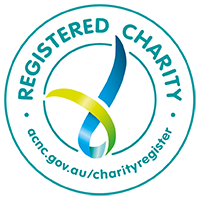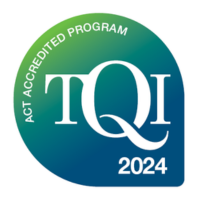Student wellbeing
Articles on student wellbeing, from building resilience to choosing the best wellbeing program for your school.
Ebook: 7 Ways to Boost wellbeing
Here are ideas and tips to enhance the overall wellbeing of your primary school students.
What is Peer Support?
Peer Support equips students with the skills to build strong relationships and positively navigate life.
Book an Info Webinar
We provide webinars on topics related to students’ mental health and wellbeing.

Is your school a member?
Check whether your school is running Peer Support
Problems finding your school? Call us on 1300 579 963
